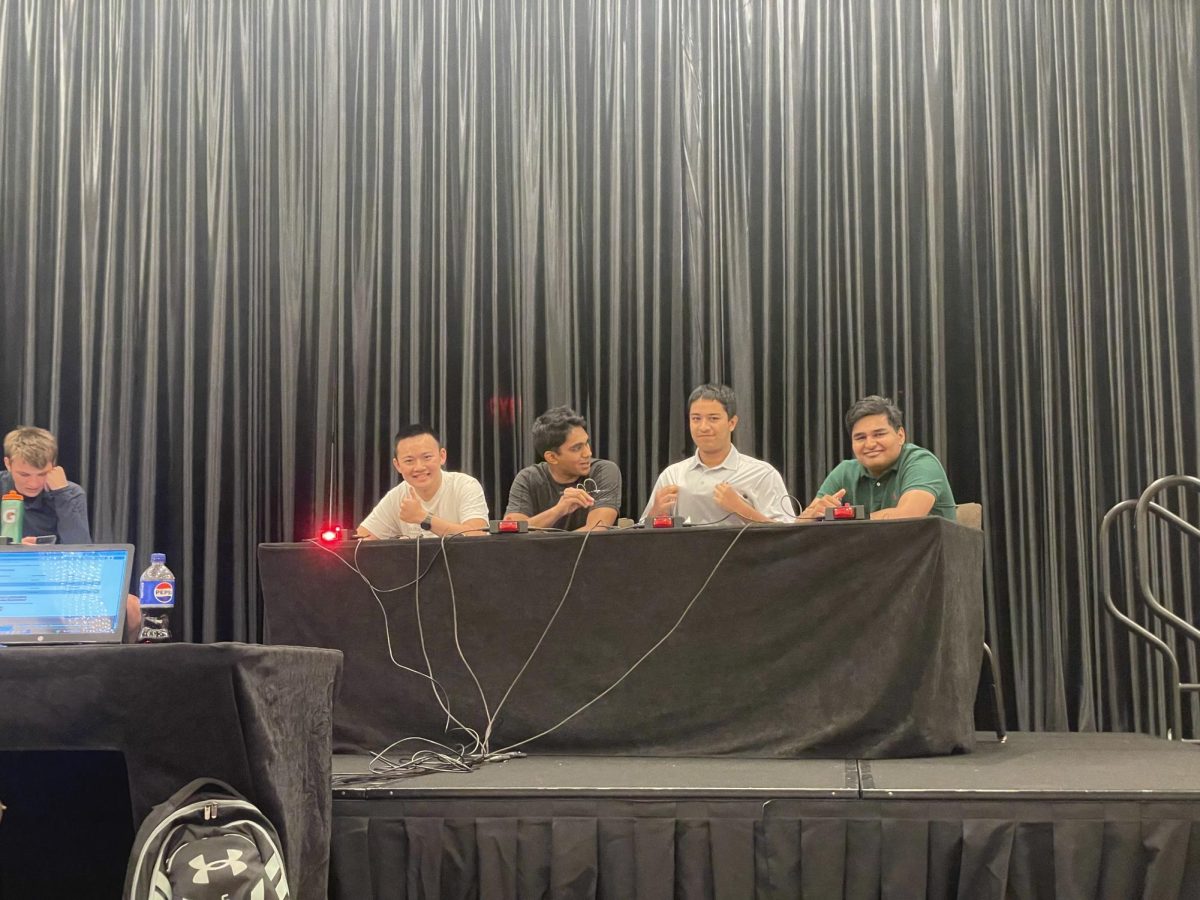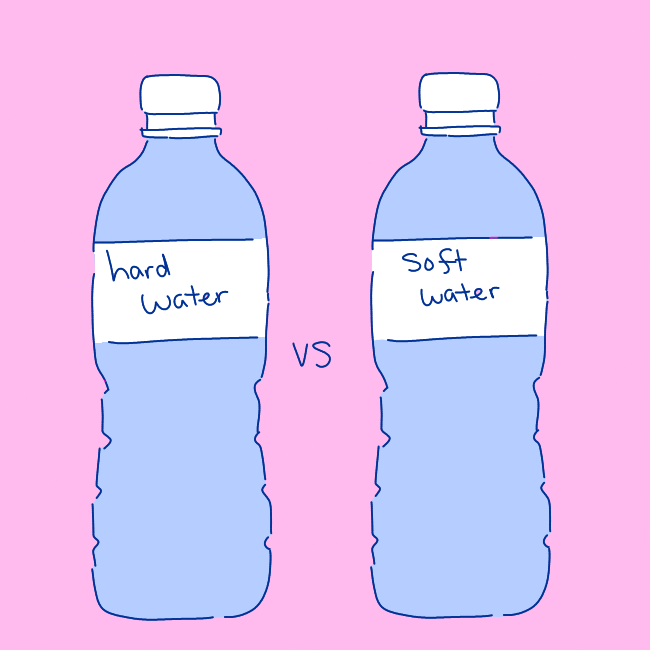Governor Gavin Newsom this fall signed the Phone-Free Schools Act (AB 3216), demanding that all California schools implement a policy that restricts cell phone usage by July 1, 2026.
The bill, authored by Assemblymembers Josh Hoover, David Alvarez, Josh Lowenthal and Al Muratsuchi, supplements Assembly Bill 272 (AB 272), signed in 2019, which authorized school districts to regulate the use of smartphones during school hours. As of right now, the district’s policy allows teachers to handle what kind of restrictions they want to place.
“As a school, our current policy tends to work pretty well,” principal Greg Louie said. “For rooms that don’t [have restrictions], the teachers trust that the students will put their cell phones away and only take them out when needed for class.”
Both bills were fueled by concern for the impact of cell phone usage on students’ abilities to focus and the general dangers of excessive cell phone use.
Both bills also cite research from “iGen,” a book written by Dr. Jean Twenge, a psychology professor at San Diego State University. Her research examines the effects of smart phone use on students, stating that increased usage of electronic devices and social media leads to increased unhappiness and a higher demonstration of suicide risk factors, such as depression and anxiety.
Twenge’s research found that teenagers who spend at least three hours a day on devices are 35% more likely to demonstrate risk factors for suicide, and teenagers who spend at least five hours a day on their devices are 71% more likely to have a risk factor for suicide.
“Growing evidence shows excessive smartphone use at school interferes with a student’s education and success, encourages cyberbullying, and contributes to teenage anxiety, depression and suicide,” Muratsuchi said in a 2019 press release.
According to Muratsuchi, legislative policies are crucial in curbing the impact of cell phones on students’ social emotional well-being, learning and ability to focus.
However, AB 3216 does not specify what kind of policy districts have to implement, only that they must develop and adopt — and update every 5 years — a policy to limit or prohibit the use of smartphones. This also means that the severity of the policy depends on each district’s interpretation.
According to the most recent Senate analysis of the bill by California’s Senate Rules Committee, administrators are to work with students, parents and educators “in order to ensure that the policies are responsive to the unique needs and desires of pupils, parents, and educators in each community.”
“If a policy is going to be developed, I believe both high schools (Los Gatos and Saratoga High) will collaborate with students, parents and staff to develop and discuss the potential policy, and then both schools will make recommendations for a district-wide policy,” Louie said.
Schools across the state have already begun adopting different technologies for their bans. Dymally High from the Los Angeles Unified School District (LAUSD) uses one such technology, Yondr pouches. These pouches are engineered so that once a phone is deposited, it can only be opened and retrieved at the end of the school day by using a Yondr magnet.
However, these solutions sometimes come with student compliance issues. Students have reportedly used multiple phones, only depositing one into the pouch, and some have even bought their own magnets to unlock the pouch early.
Other LAUSD schools, such as Dorsey High, have sought alternate solutions, with their policies requiring students to lock their phones in a clear box at the beginning of each class. These policies, unlike those at Dymally High, allow students to access their phone outside the classroom, for instance, during lunch.
LAUSD is currently developing an all-encompassing phone policy for implementation in January. The policy will make LAUSD, home to 419,749 students as of last school year, one of the largest districts in the country to ban cell phones on campus.
Louie expressed satisfaction with LGSUHSD’s current policies, as well as his view that strict restrictions are unnecessary.
“I do not believe we need to spend money on purchasing Yondr pouches, and I do not believe we need to micromanage our young adults,” Louie said.
Acting superintendent Heath Rocha said he currently has no plans to seek restrictions on cell phone use during unstructured time, and he expressed interest in establishing a policy with clear consequences for phone usage that is disruptive to classrooms.
According to Rocha, some teachers conveyed concerns about the lack of clear consequences for defiant students. Teachers also seemed to be satisfied with the effectiveness of phone caddies, something he wants to explore as a possibility for all classrooms.
The new law still provides some exceptions to phone use in the classroom, however. According to an official statement regarding the signing of the bill, students must be allowed “to use their phones in the case of an emergency, or in response to a perceived threat of danger, or as allowed by a teacher, administrator, doctor or the student’s individualized education program.”
For example, students may need their devices to monitor blood sugar or for translation and communication purposes. However, state-wide discussions about what constitutes an emergency are still ongoing. Strictly speaking, Louie said, emergencies constitute situations requiring a response from first responders.
SHS teachers utilize different methods to combat cell phone usage
Under the new law, teachers can still determine when cell phone use is acceptable in the classroom, regardless of district policy. Many teachers at SHS have already restricted or discouraged cell phone usage, most commonly by using phone caddies.

Some teachers choose to verbally discourage their students from using the devices. For instance, English teacher Emily Wu frequently recites the mantra “Fight the Addiction” to deter cell phone use in her classes.
“I think that when students are looking at their homework calendar and trying to set reminders, it’s a really good way for students to use their phones,” Wu said. “But in terms of going on social media and texting their friends during class, I don’t think it’s necessary; I think it’s a distraction.”
Other teachers have a much simpler solution. Right by the door of English teacher Erick Rector’s classroom lies a wooden box in which students are expected to deposit their phones as they walk into class. This trust-based system means that if students are caught using their phones in class, they must make a “walk of shame” to the box; if the issue persists, Rector takes away their phones for a period of time.

Some teachers deviate completely from more traditional practices. AP U.S. History and World History teacher Mike Davey’s humorous but nonetheless serious policy provides unscrupulous students with a choice, except both options require a little elbow grease. Students caught using their cell phones irresponsibly can either partake in a Treasure Toga after-school workday or bake cookies for the entire class.
“To be honest, I know that certain students will alert me when people are using their cell phones because they want the cookies, which deters [improper cell phone usage] a little bit,” Davey said.
However, not all teachers place concrete restrictions. The world languages department frequently uses cell phones for in-class activities like Gimkit, Peardeck and Quizlet.
Students on The Falcon or Yearbook staff use cell phones in order to conduct interviews. By recording interviews, students can reference the recordings in the future to make sure their information is truthful and subjects are not misrepresented.
“It’s really helpful to be able to use my phone to [record interviews], or [direct message] people if they have [an unscheduled class and I need to interview them],” sophomore yearbook student Evelyn Williams said. “If I’m [covering a sport] for example, it’s good for me to be able to pull up the Instagram account of that sport and check who’s on the team. It would be really tricky [to navigate the class] without my phone.”
Some students have concerns about the kind of restrictions that potentially will be placed on phones. Cell phones have a plethora of uses in school, allowing students to communicate with their parents, send reminders for club meetings, scan documents and much more.
“It’s great for communication and checking and submitting homework, as well as during tutorial, if you just need a minute to rewind,” sophomore Anvi Agarwal said. “Also, a lot of school activities happen on your phone, and a lot of people need Instagram or Discord for updates on club meetings or announcements.”
Agarwal thinks students should have full access to their phones during unstructured time, as well as appropriate classroom situations like academic games.
The ultimate decisions about the district’s new policy will be discussed by and ultimately voted on by the board of trustees. Rocha said, “[Rather than a full ban, I’m leaning towards] finding an opportunity to limit the use and give our students a break from the kind of onslaught of social media texts they might receive while they’re in the classroom. I think that’d be a wonderful thing to give our students.”






























